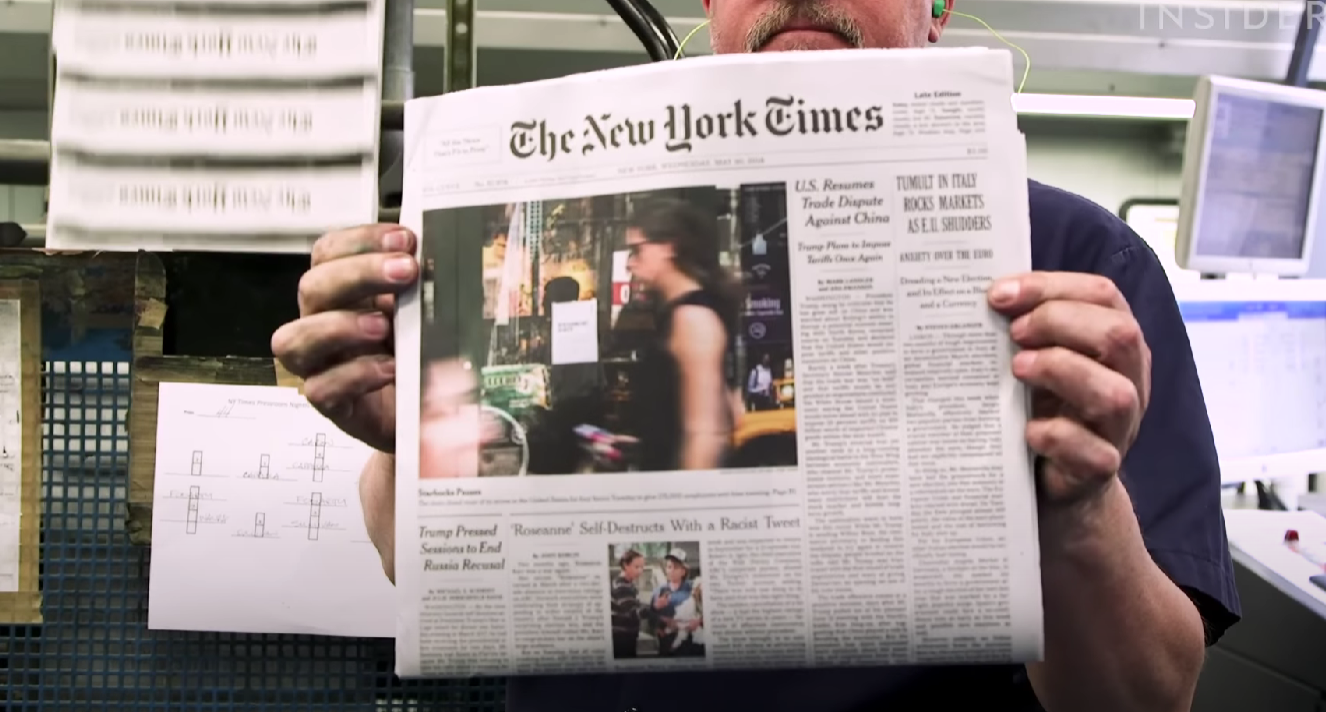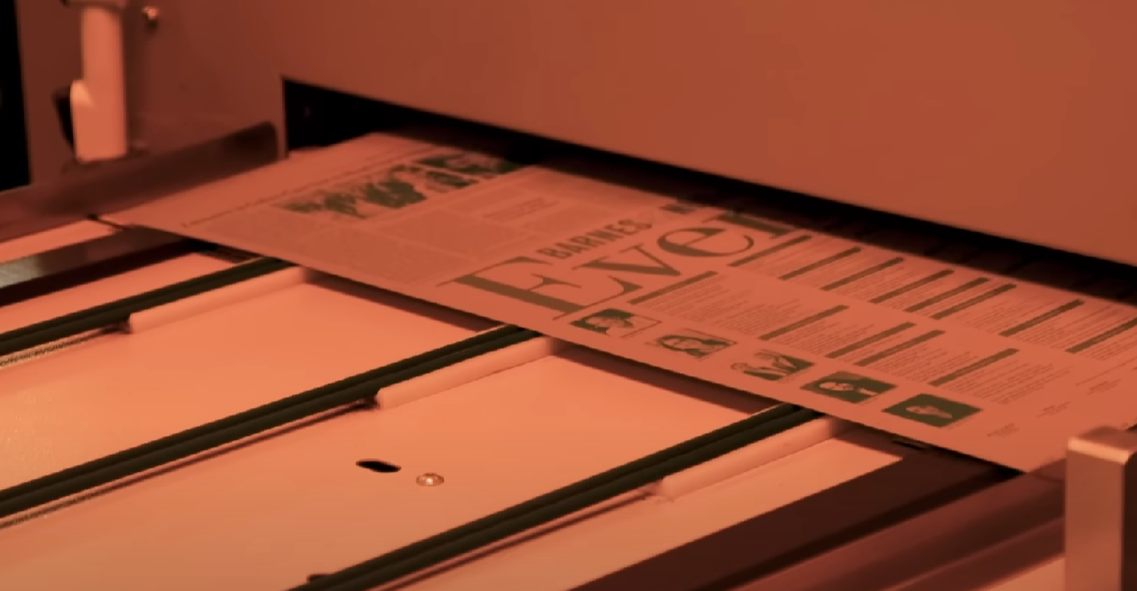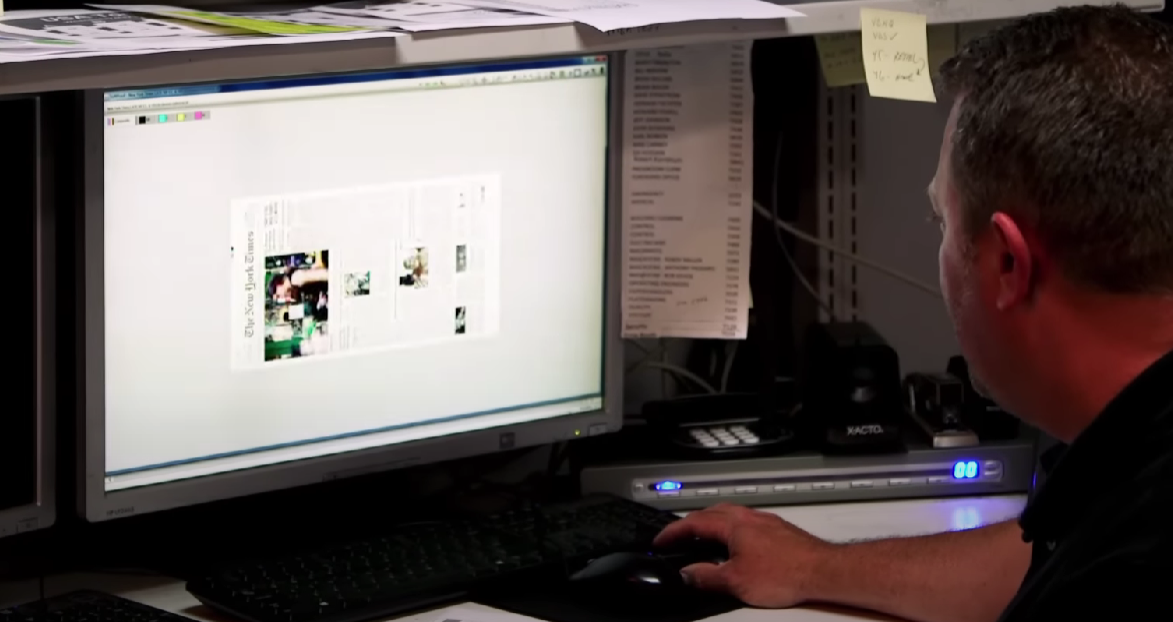Printing a newspaper involves various factors that influence its cost. From the type of paper and printing technology used to the size and number of copies, expenses can vary significantly.
Distribution and design expenses also play a role. In this article, we’ll understand these elements to gauge the overall cost and efficiency of newspaper printing.
How Much Does It Cost to Print a Newspaper?
The cost of printing a newspaper varies depending on your location and the paper quality you opt for. Premium paper can be quite expensive, at approximately $150 per ton.
However, choosing a more budget-friendly option can slash your expenses by up to 50%. Hence, the overall cost hinges on the paper type you select, allowing you to make informed decisions about printing your newspaper.
Factors That Influence the Overall Cost of Printing a Newspaper
The process of printing a newspaper involves a multitude of factors that significantly impact its overall cost. From the choice of materials to the size of the print run, each decision can have financial implications.

Understanding these key factors is vital for publishers and businesses to optimize their printing process while managing expenses effectively.
Paper Quality and Type
The type of paper selected plays a crucial role in determining the cost of printing a newspaper. High-quality paper, such as premium newsprint or recycled stock, generally incurs higher costs per ton compared to standard newsprint.
Publishers looking to create a more refined product with improved ink absorption and durability may opt for premium paper, despite its higher price. On the other hand, those seeking cost efficiency might go for a cheaper paper option, trading off some quality aspects for reduced expenses.
Printing Technology and Equipment
The printing technology employed can have a considerable impact on the overall cost. Traditional offset printing, while suitable for large print runs, may involve higher setup costs for smaller quantities.
Conversely, digital printing [1] allows for more flexibility in producing smaller batches without significant setup expenses. Deciding on the right printing equipment that aligns with the print volume and quality requirements is essential to manage costs effectively.

Print Run Volume
The volume of newspapers to be printed directly affects the total cost. Printing larger quantities often reduces the per-unit cost, making it more cost-effective for publishers to print in bulk.
Conversely, printing smaller runs might have a higher per-unit cost, but it prevents unnecessary expenses and waste for materials when demand is lower.
Color Versus Black-and-White Printing
The choice between color and black-and-white printing can substantially influence costs. Color printing offers a visually appealing product but tends to be more expensive due to the use of multiple ink cartridges and higher color processing costs.
Black and white printing, while more economical, might be preferred for newspapers with a simpler layout or budget constraints.
Design and Layout Complexity
The complexity of the newspaper’s design and layout can impact costs significantly. Intricate designs, graphics, and illustrations generally require more time and resources for printing.

Simple layouts with fewer graphics can help reduce printing expenses, especially for newspapers aiming for a straightforward presentation of information.
Distribution and Delivery
The cost of printing a newspaper is not limited to the actual printing process; distribution and delivery expenses must also be considered. Factors like distance, transport mode, and delivery frequency can all contribute to the overall cost.
Conclusion
The cost of printing a newspaper varies based on factors such as paper quality, printing technology, print run volume, and design complexity. Careful consideration of these elements is essential for publishers to optimize expenses while delivering a quality product.

